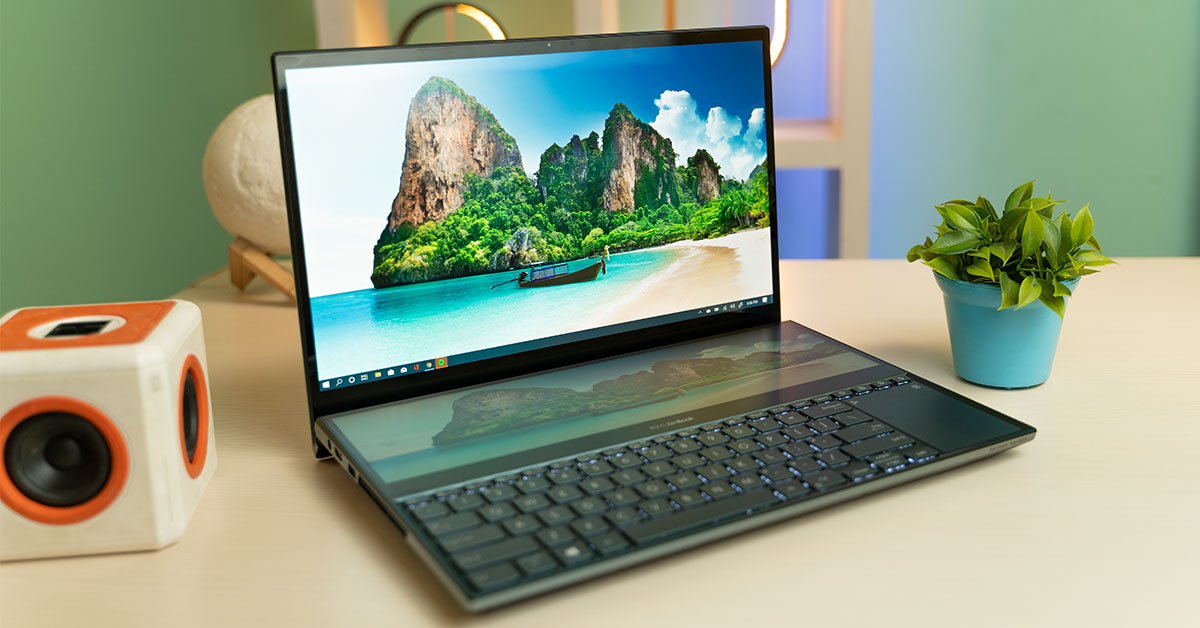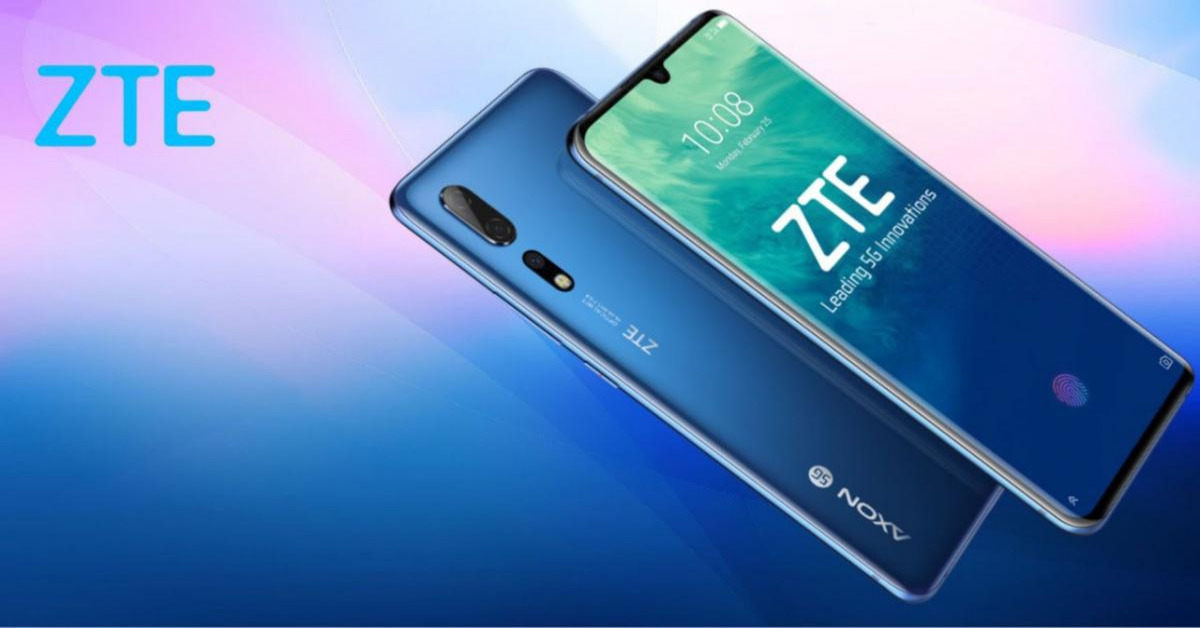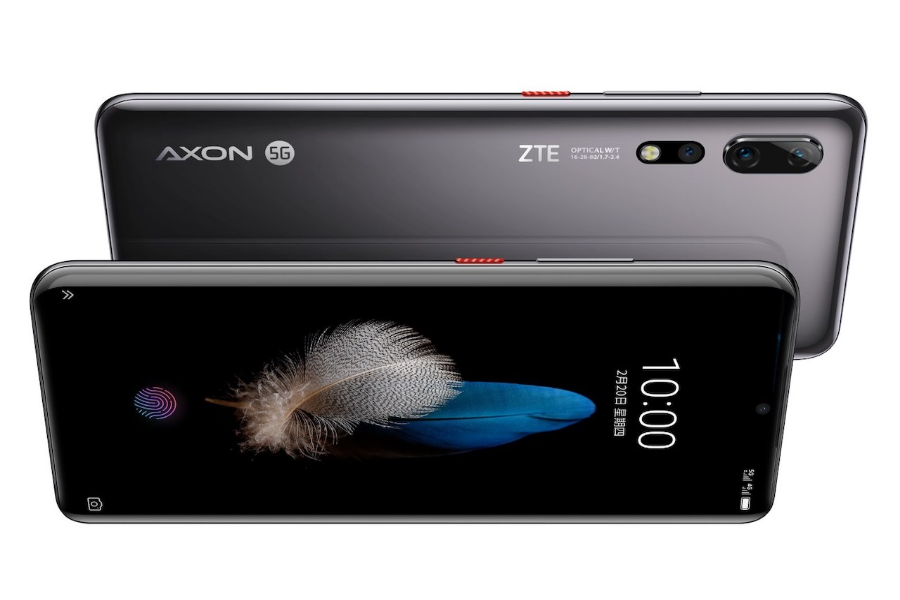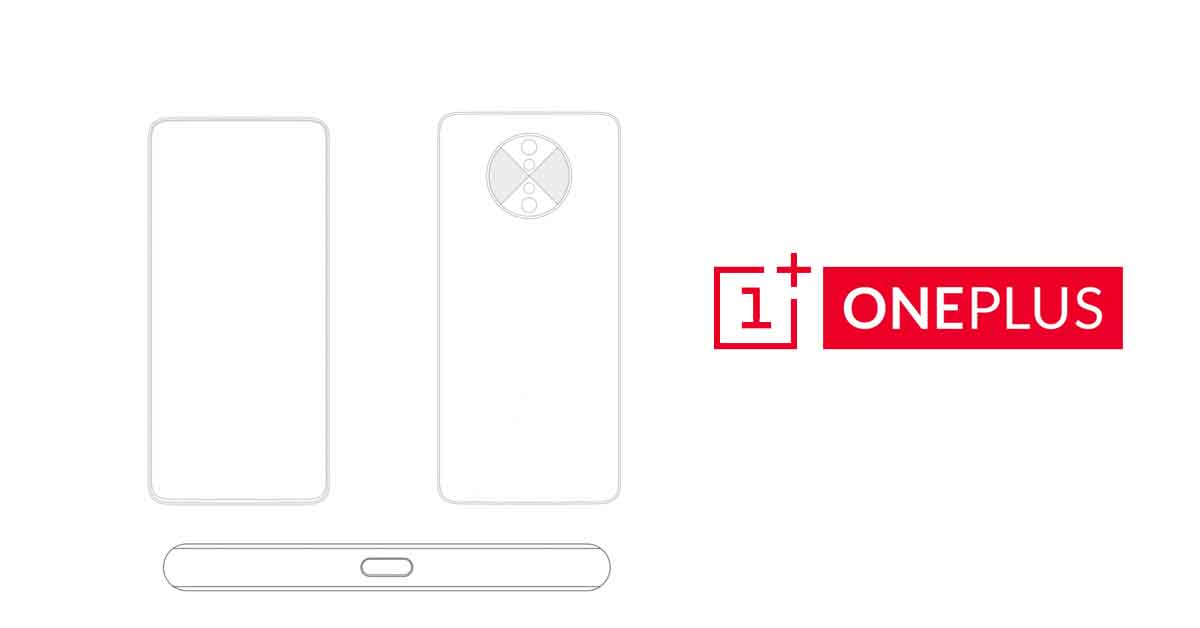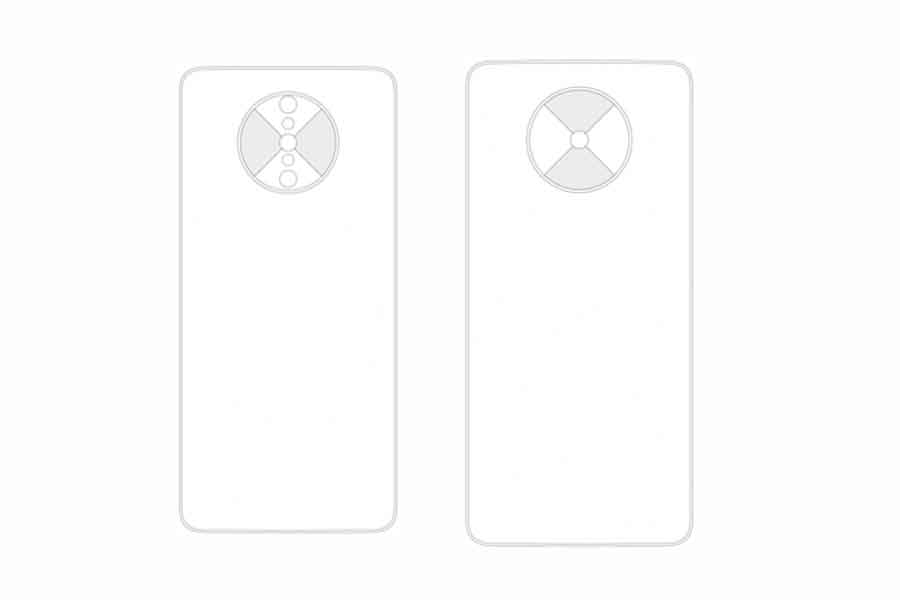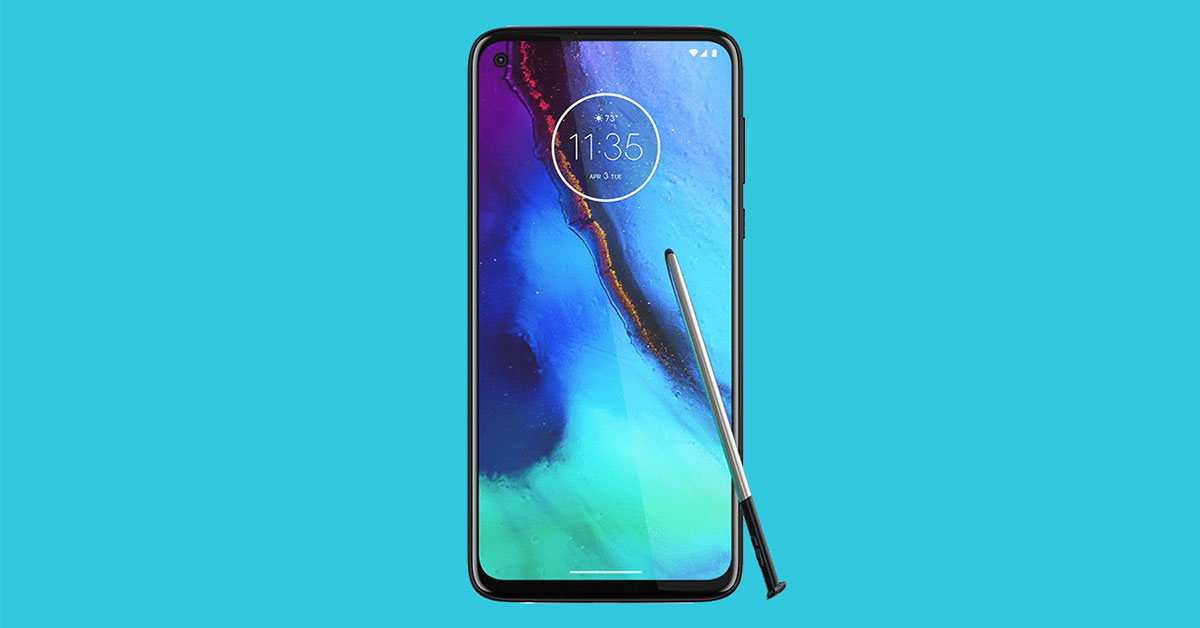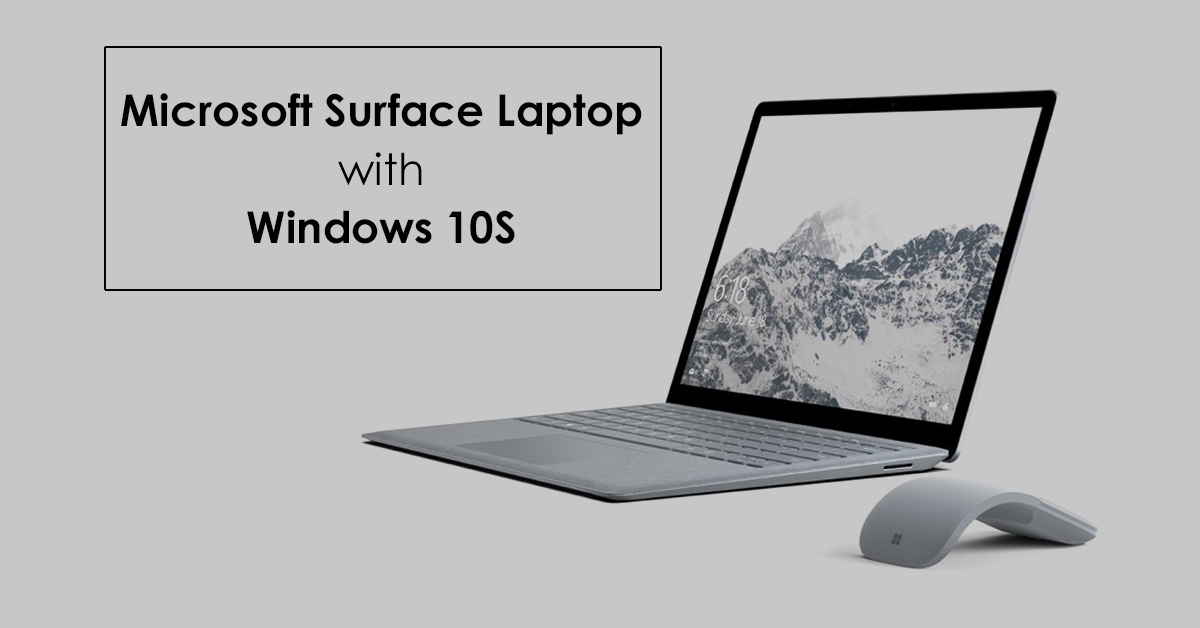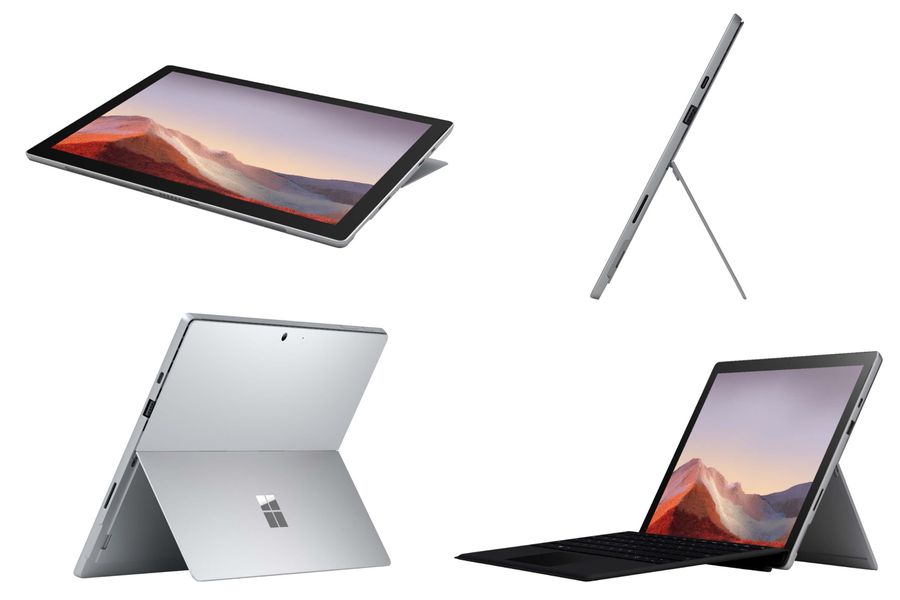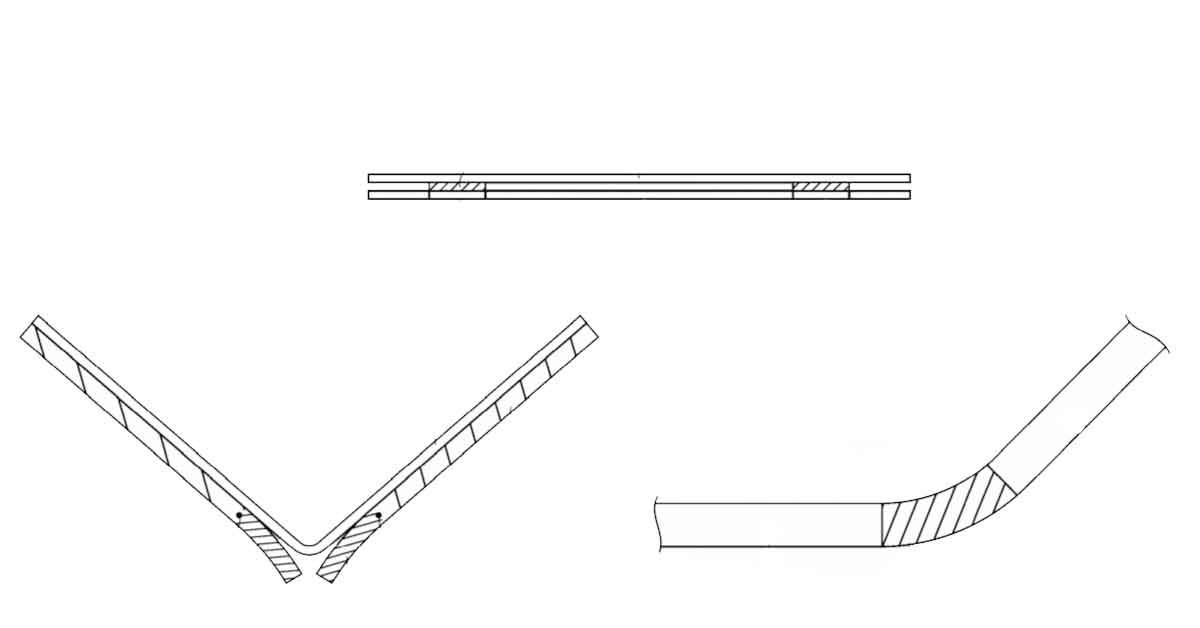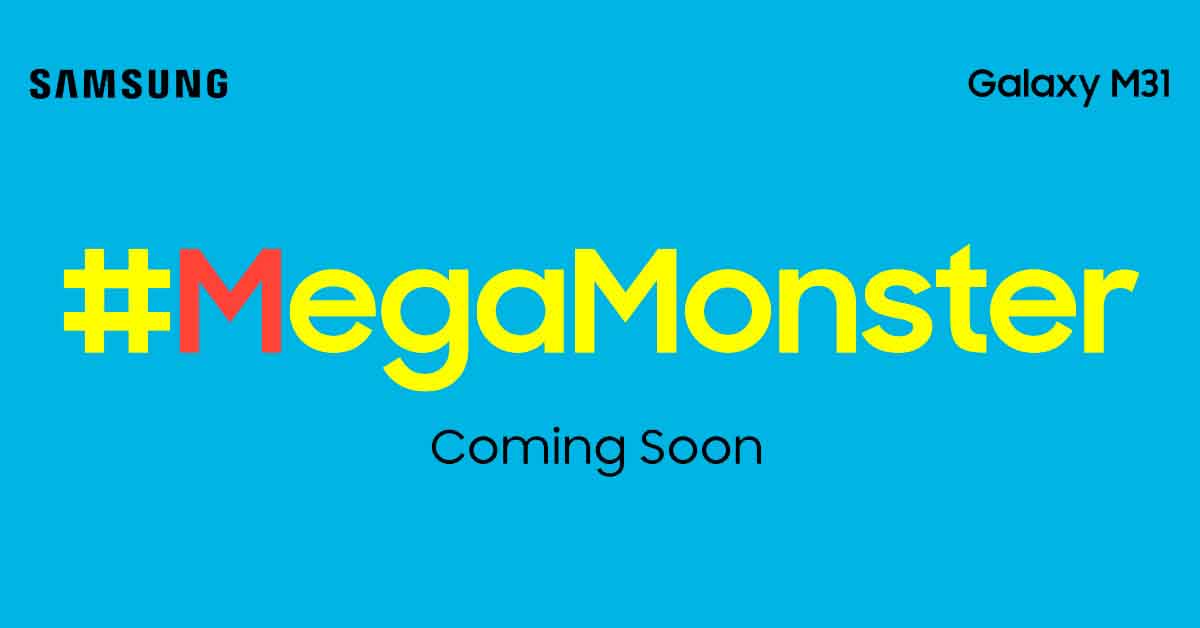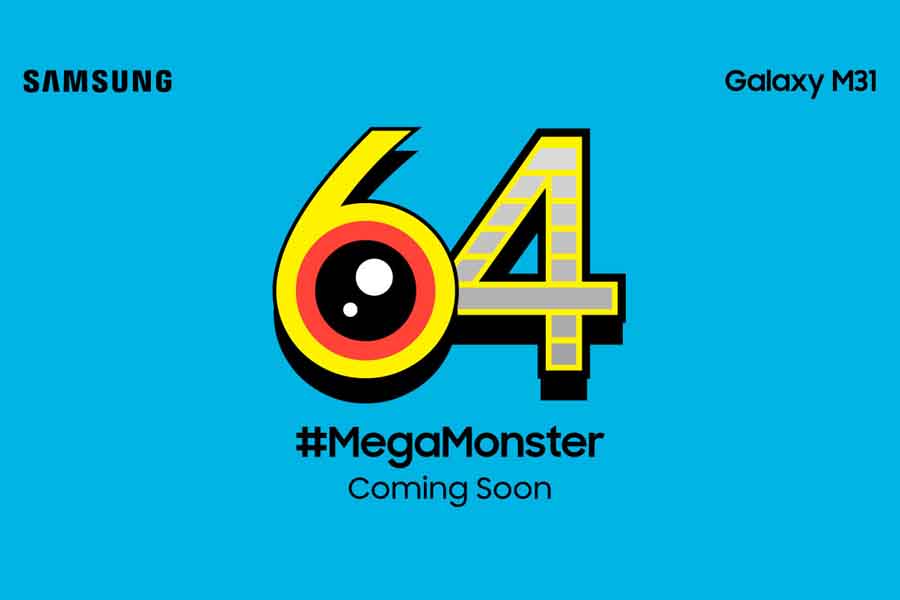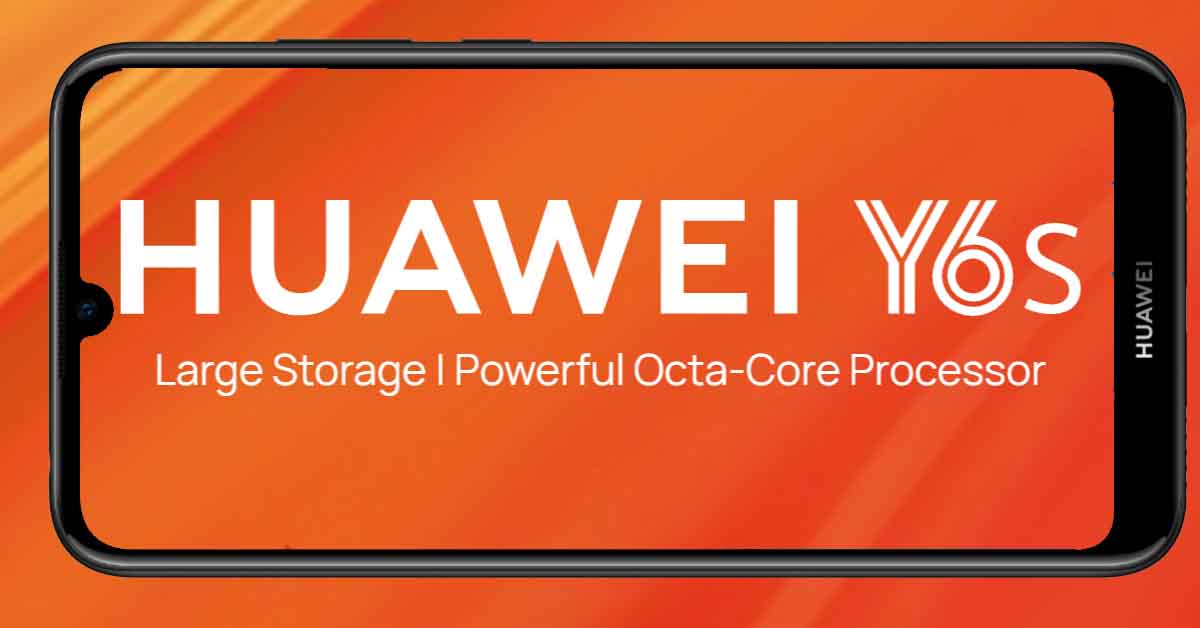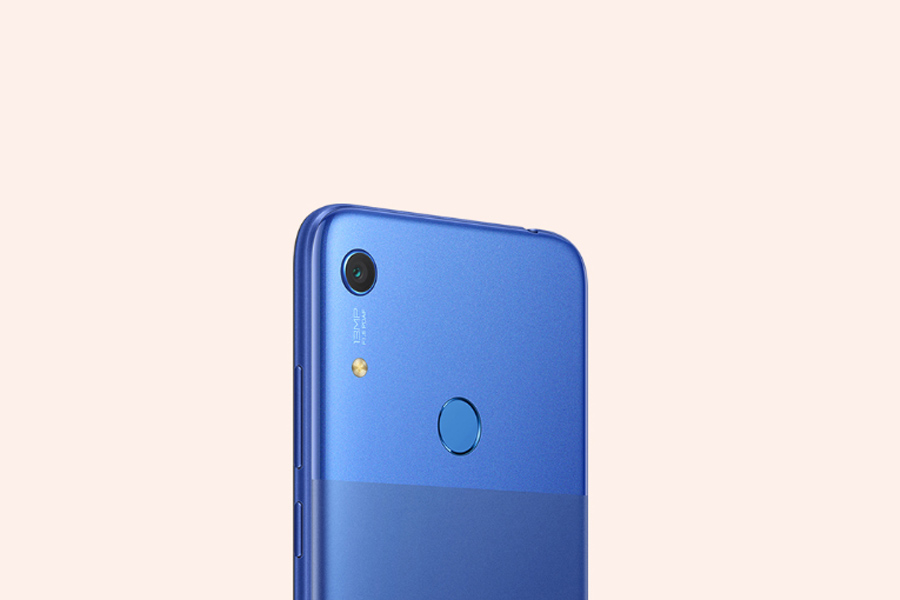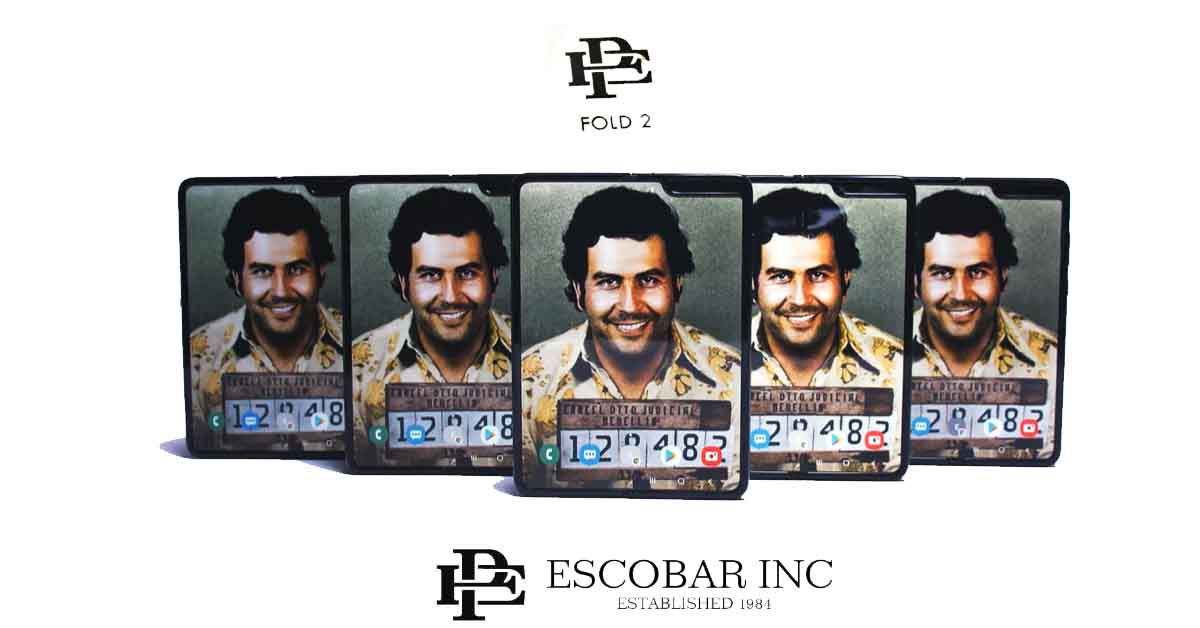Nagmani International, the authorized distributor of Asus products in Nepal, has officially unveiled two dual screens laptops in the Nepali market. The Asus ZenBook Pro Duo UX581 and Asus ZenBook Duo UX481 are the latest dual-screen laptop from Asus that is intended for content creators. Both are available in the Nepali market via various laptop retail shops.
Asus ZenBook Pro Duo UX581 overview
This laptop can easily be considered one of the best of the lot. It has a 4K OLED touch screen (primary) along with a 4K touch secondary panel. The secondary panel in fact is stretched across the chassis.
Two touchscreen 4K screens will certainly require some fast processing and that is what you get as this laptop runs an overclockable Intel Core i9 (i9-9980HK) or a more common Intel Core i7 processor (i7-9750H).
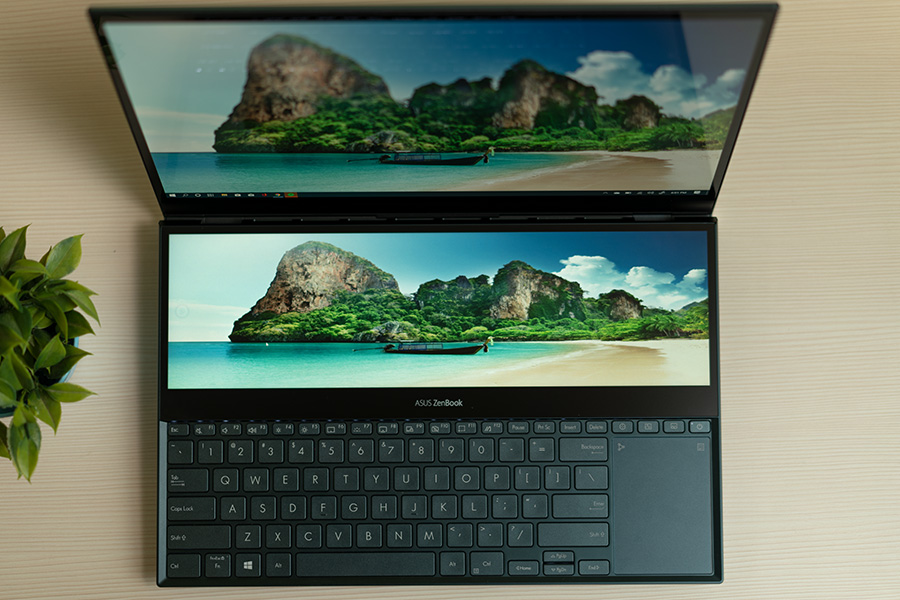
It is further combined with Nvidia RTX 2060 graphics and a very fast nVME Gen 3 X4 SSD. The Asus ZenBook Pro Duo UX581 is a perfect laptop for productivity, content creation, and gaming too.
The laptop, apart from fulfilling the productivity needs of an individual, comes with a stylus, the ASUS-pen, as the company calls it. The pen is mostly targeted for the creators and artists out there who are fond of digital art. Additionally, both the displays support the stylus for use.
Similarly, the utility of a dual-screen extends other possibilities as well. The most impact can be for better implementation of content creating platforms like Premier Pro, After effects, Illustrator and the like. And because the screen has excellent color coverage, namely 100% DCI-P3 and 133% of sRGB, it’s content creation capabilities seem impressive to say at the least.
Asus ZenBook Pro Duo UX581Specifications
- Display: 15.6-inch OLED UHD (3840 x 2160), 14-inch UDH (3840 x 2160) touch display
- CPU: 2.4GHz Intel Core i9-9980HK or Intel Core i7- 9750H
- Graphics: Nvidia GeForce RTX 2060, 6GB GDDR6 VRAM
- RAM: 8GB/16GB/32GB DDR4
- Storage: 256GB/512GB/1TB PCIe SSD
- Ports: 1 x Thunderbolt 3(USB-C), 2 x USB 3.1 Gen 2 Type-A, HDMI 2.0, headphone/microphone jack
- Weight: 2.5Kg
- Battery: 8-cell, 71Wh
Asus ZenBook Pro Duo UX581 Price in Nepal
The i7 variant of Zenbook Pro Duo UX581 is priced at Rs. 359,000. It comes with 1TB of storage an 32GB of RAM. Similarly, the i9 variant of Zenbook Pro Duo is expected to be priced at Rs. 4,00,000.
Asus ZenBook Duo UX481 overview
Another Asus Dual-screen laptop to hit the Nepalese market is the Asus ZenBook Duo UX481. It is a toned-down version of the ZenBook Pro Duo. It features a 14-inch 1080P IPS display instead of 4K OLED on the Pro-model. Similarly, the secondary screen in this one is slightly small at 12.7-inches.
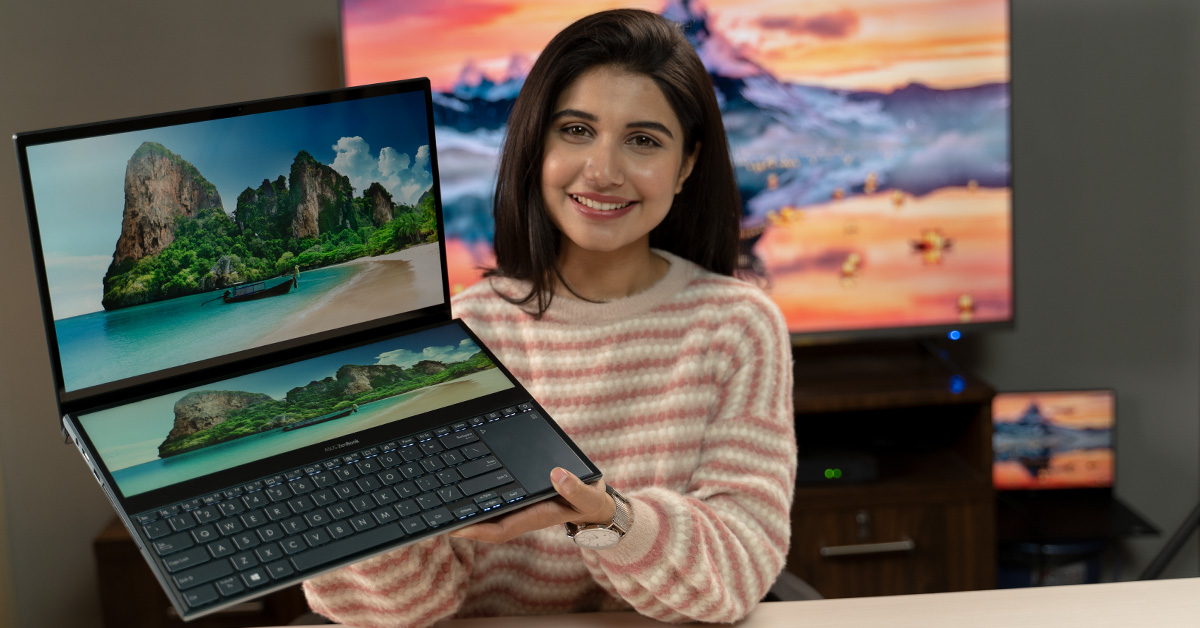
The CPU options for this one is either the Core i5-10210U or the Core i7-10510U. As for the graphics it has the Nvidia GeForce MX250 with the VRAM of 2GB. The RAM option is up to 16GB. So, the performance here doesn’t quite match the Pro-model.
Hence, the non-pro model is intended for users who want to be benefitted by the dual-display but do not need a powerhouse of a laptop. Also since, it has dual displays, like the Pro Duo, this one can be used for some serious multitasking. However, in terms of computing capabilities, it is not as powerful as the pro model and can only handle less demanding tasks, and games with its MX 250 graphics.
Asus ZenBook Duo UX481 Specifications
- Display: 14.0-inch IPS FHD (1920 x 1080), 12.6-inch FHD (1920 x 1080) touch display
- CPU: 1.8GHz Intel Core i7-10510U or 1.6GHz Intel Core i5-10210U
- Graphics: Nvidia GeForce MX250, 2GB GDDR5 VRAM
- RAM: 8GB/16GB/ LPDDR3
- Storage: 256GB/512GB/1TB PCIe SSD
- Ports: 1 x USB 3.1 Gen2 Type-C, 1 x USB 3.1 Gen2 Type-A, 1 x USB 3.1 Gen1 Type-A, HDMI, headphone/microphone jack, microSD card reader
- Weight: 1.5Kg
- Battery: 4-cell, 70Wh
Asus ZenBook Duo UX481 Price in Nepal
The Asus ZenBook Duo UX481 is available only in i7 variant with 16GB RAM and 1TB SSD. It is priced at Rs. 1,95,000.


